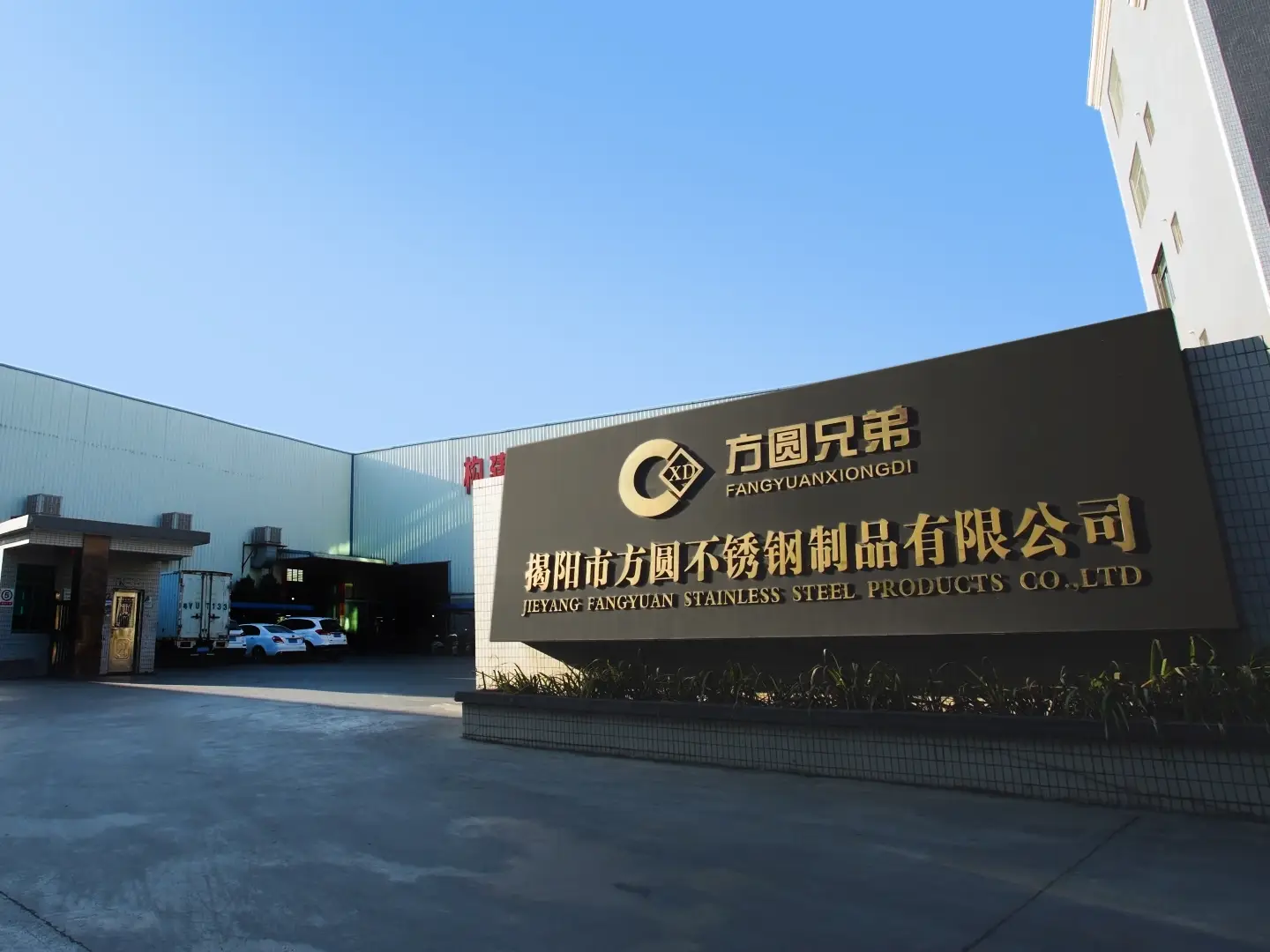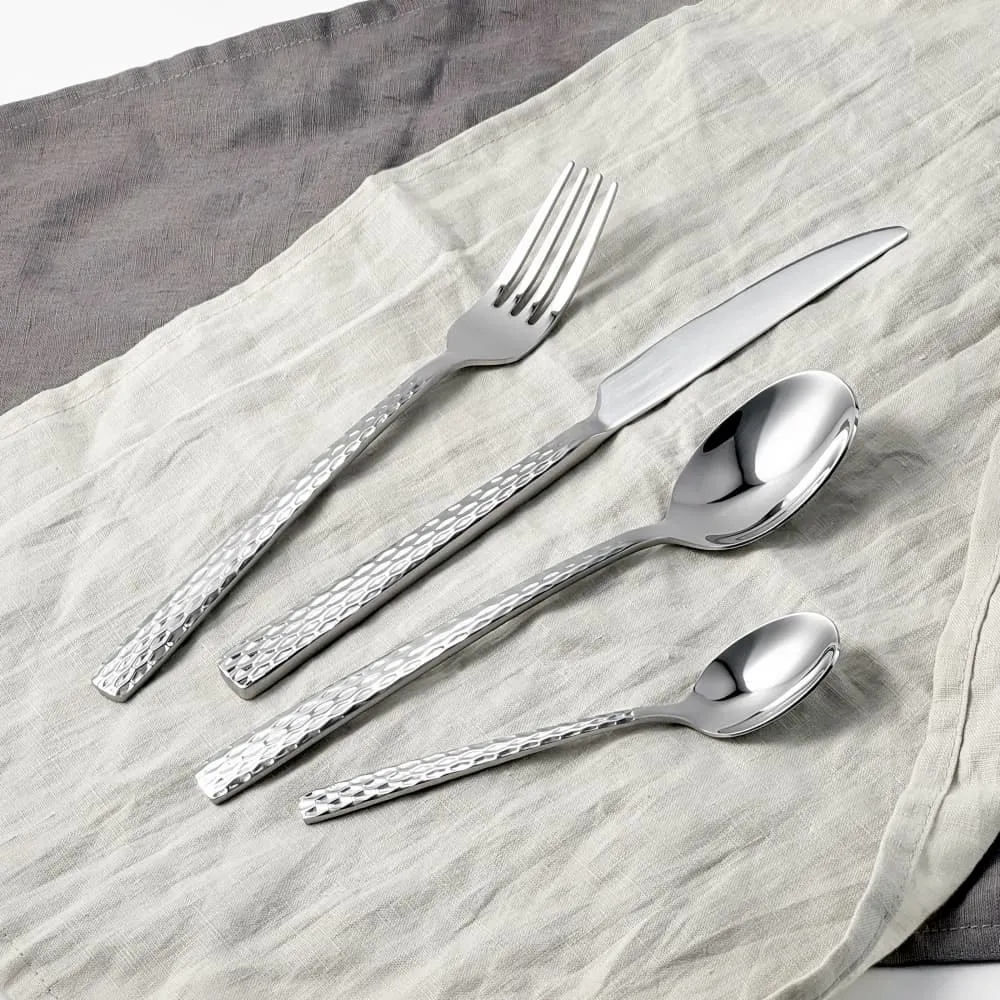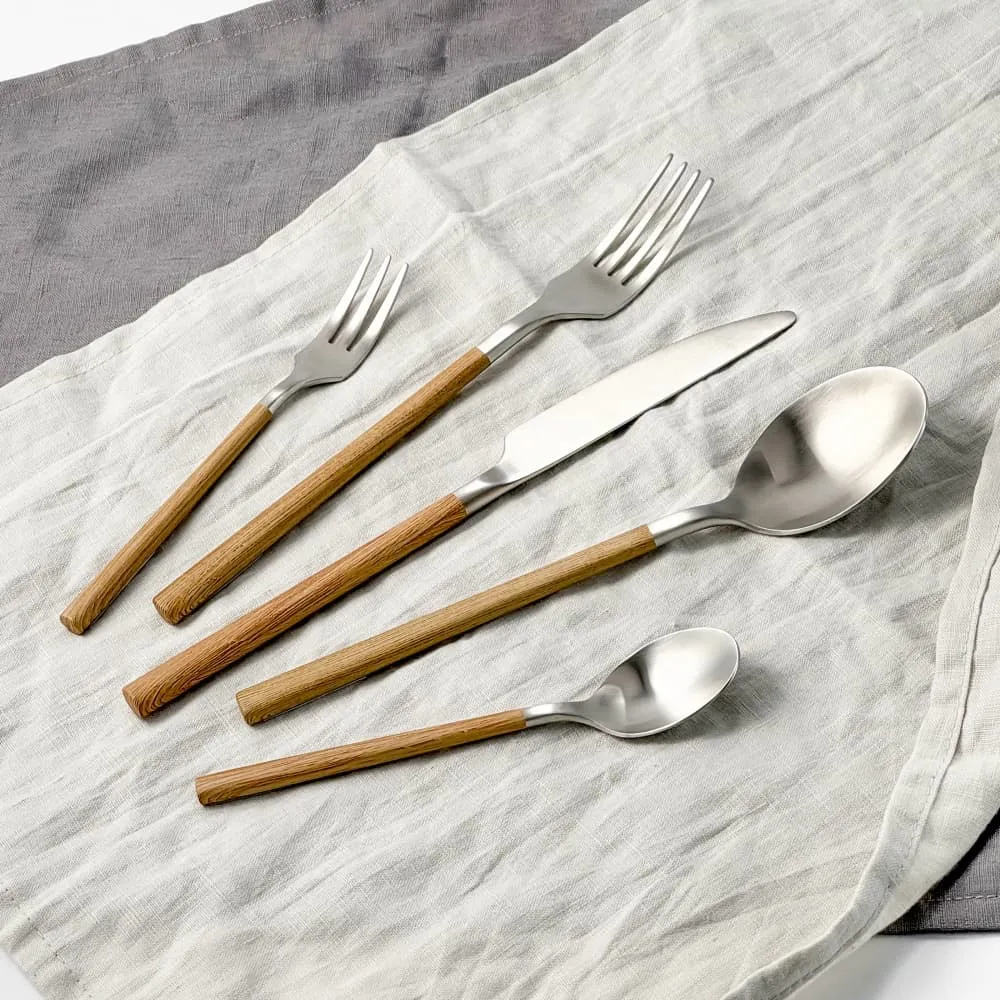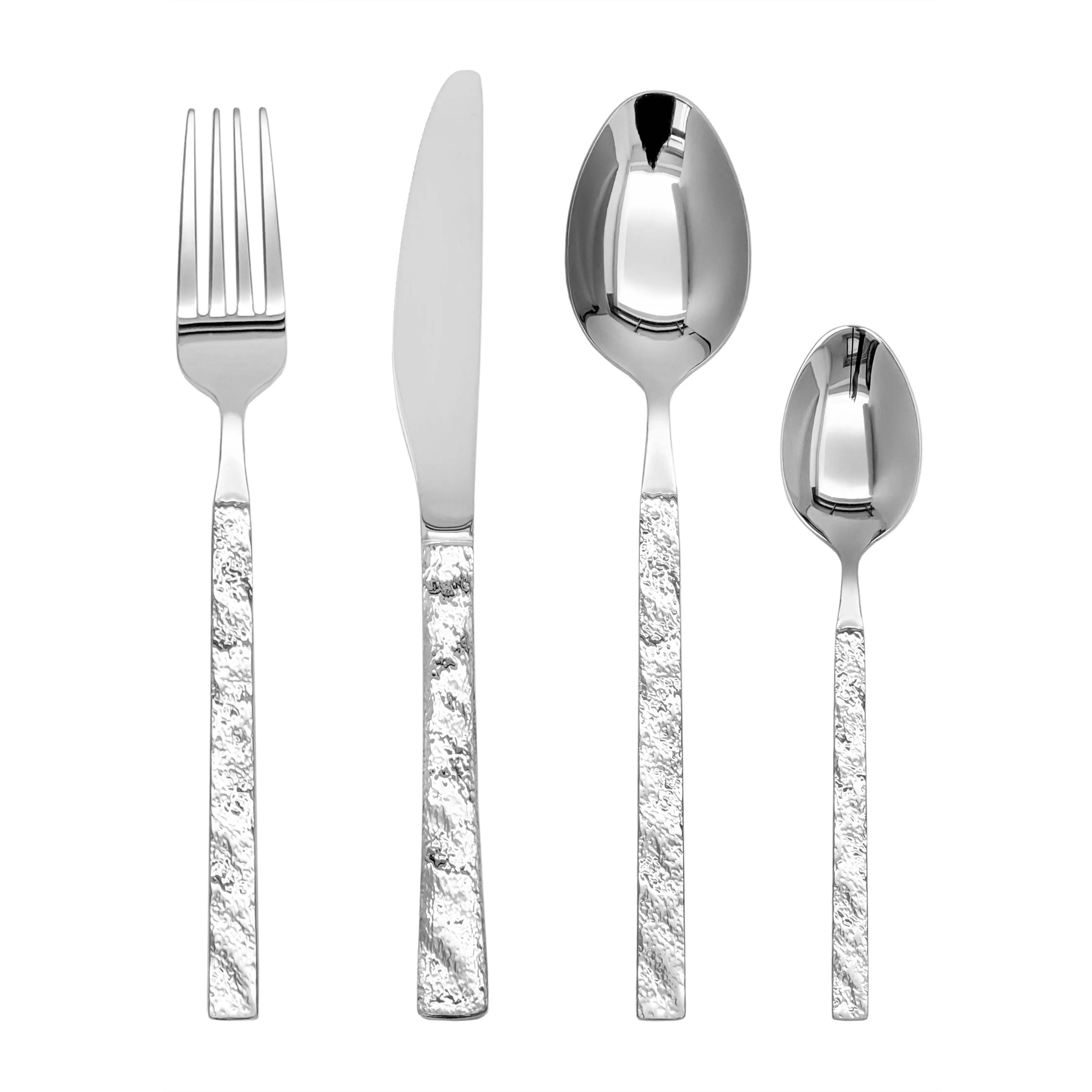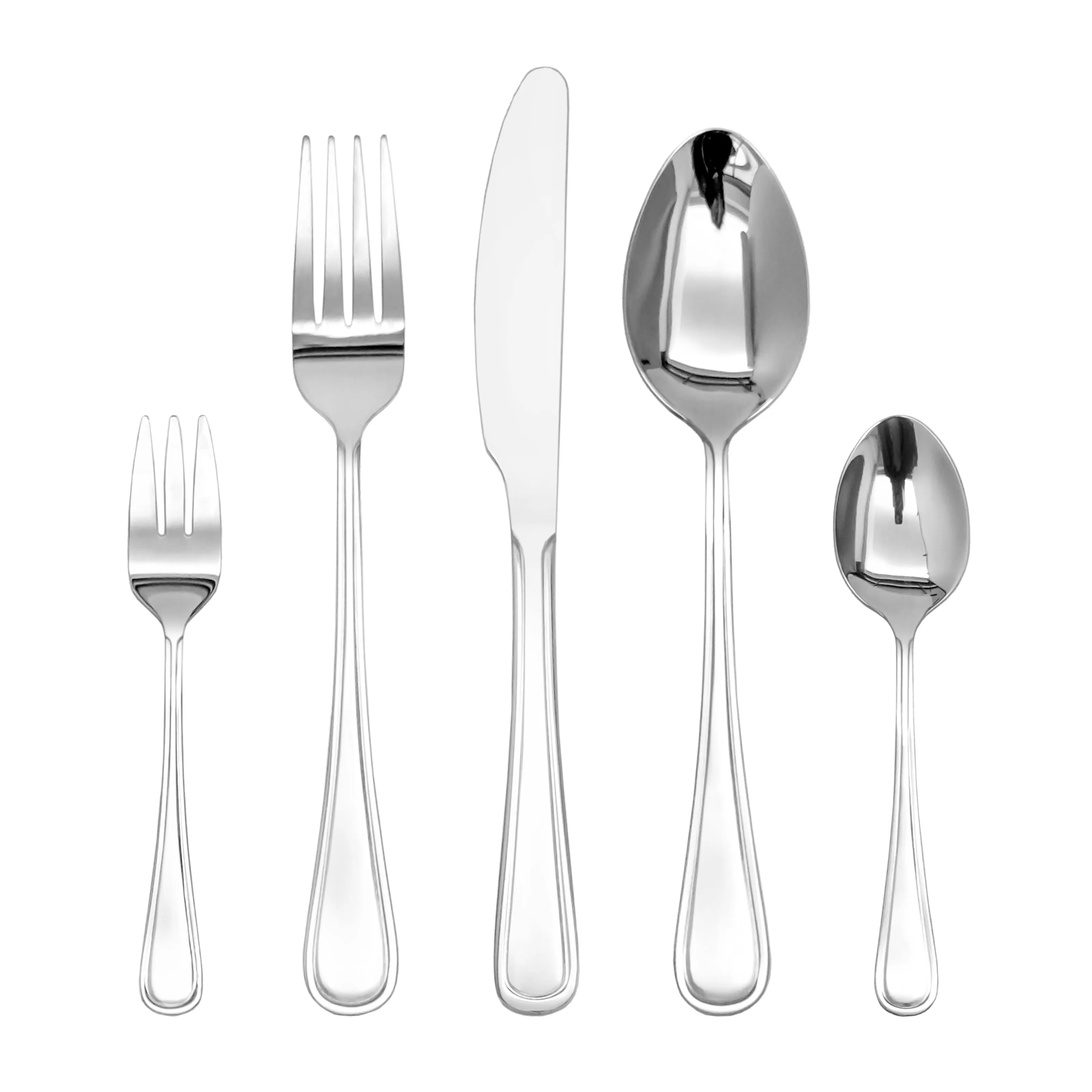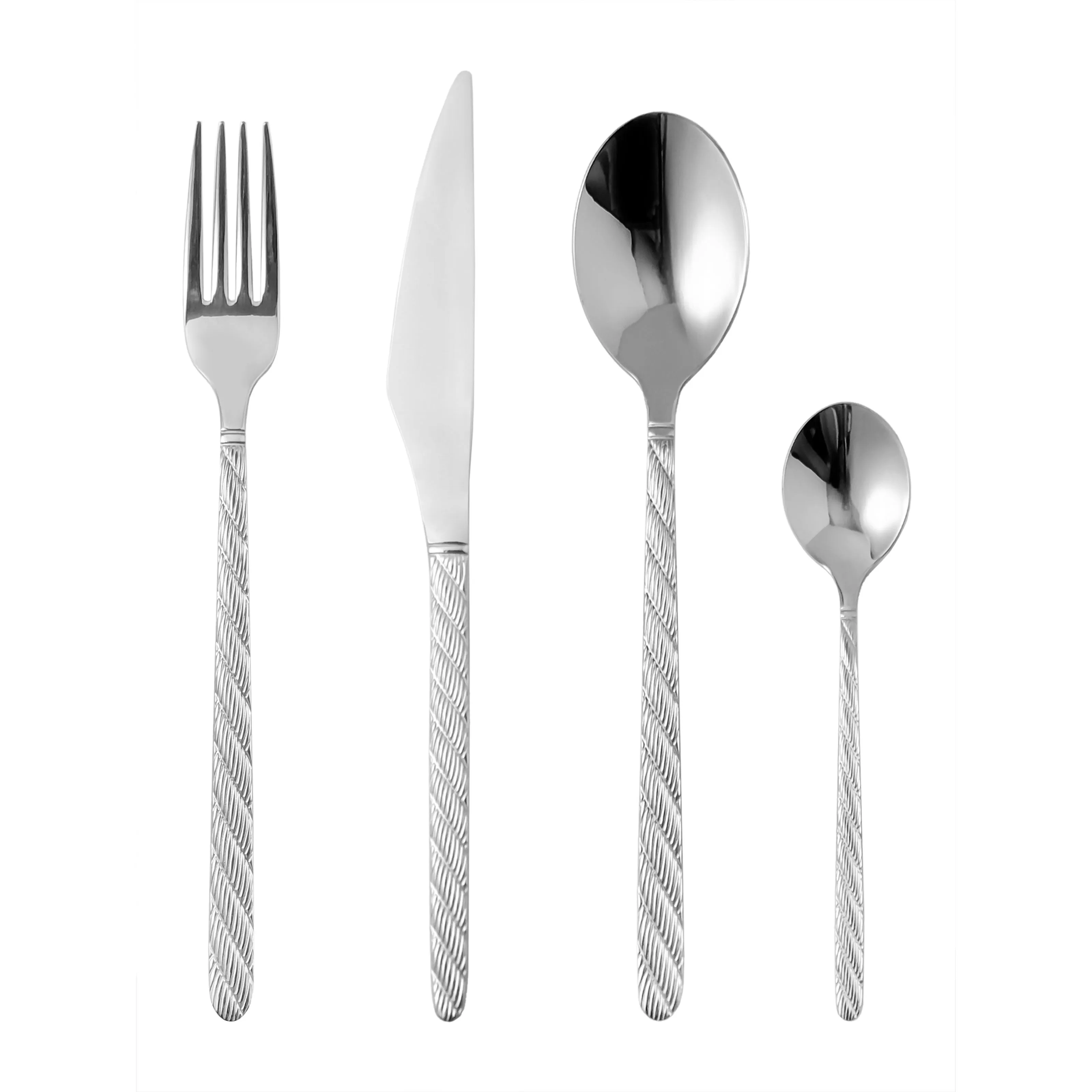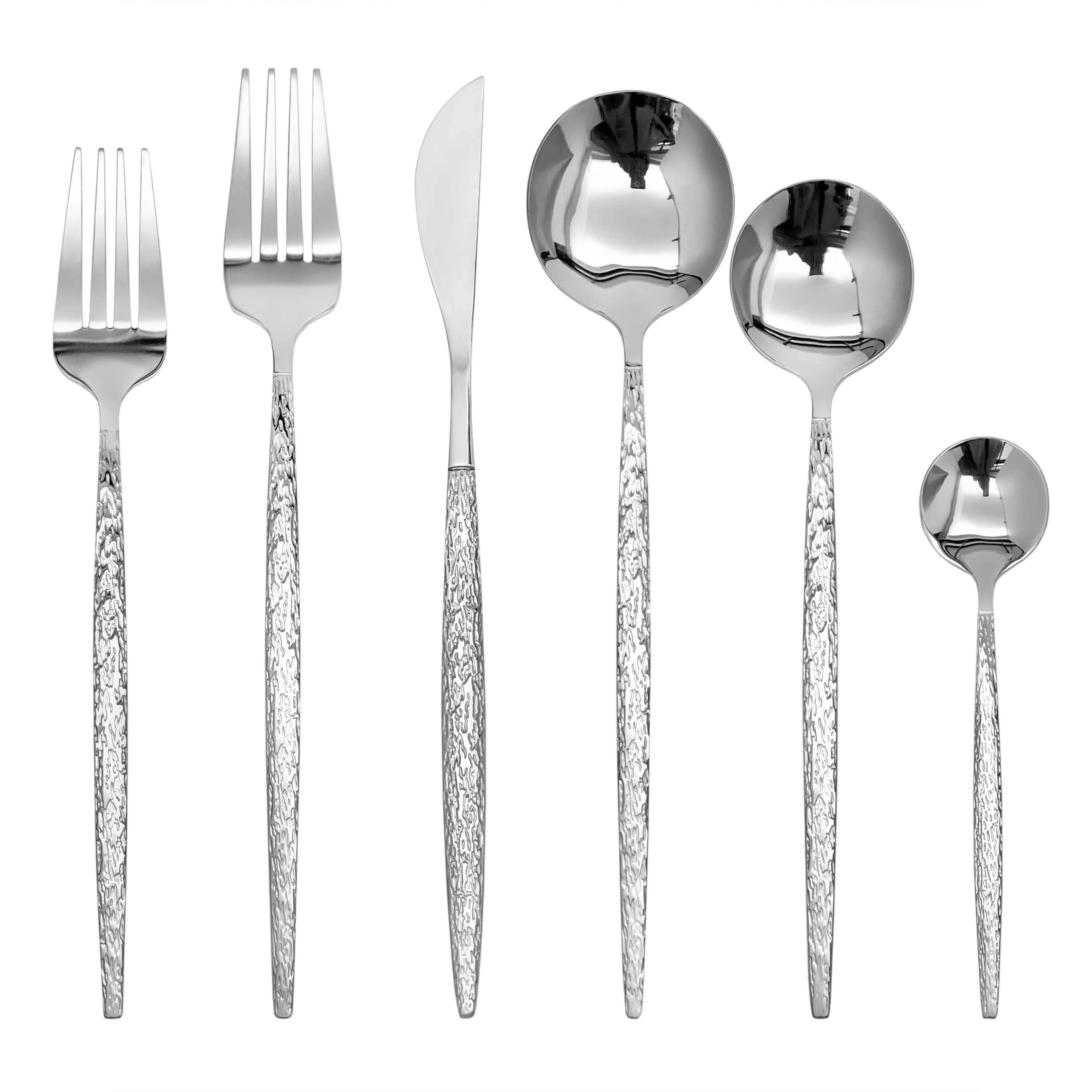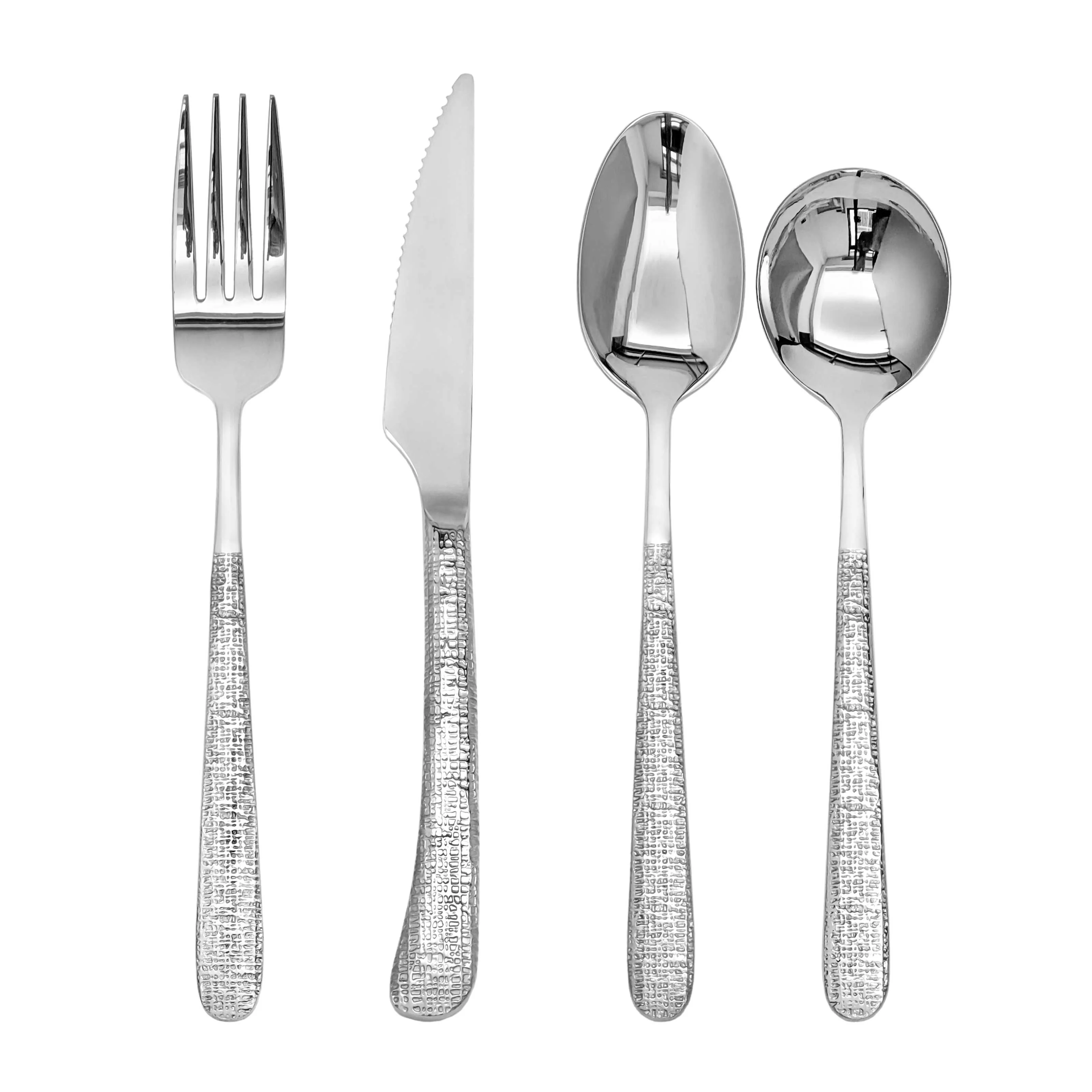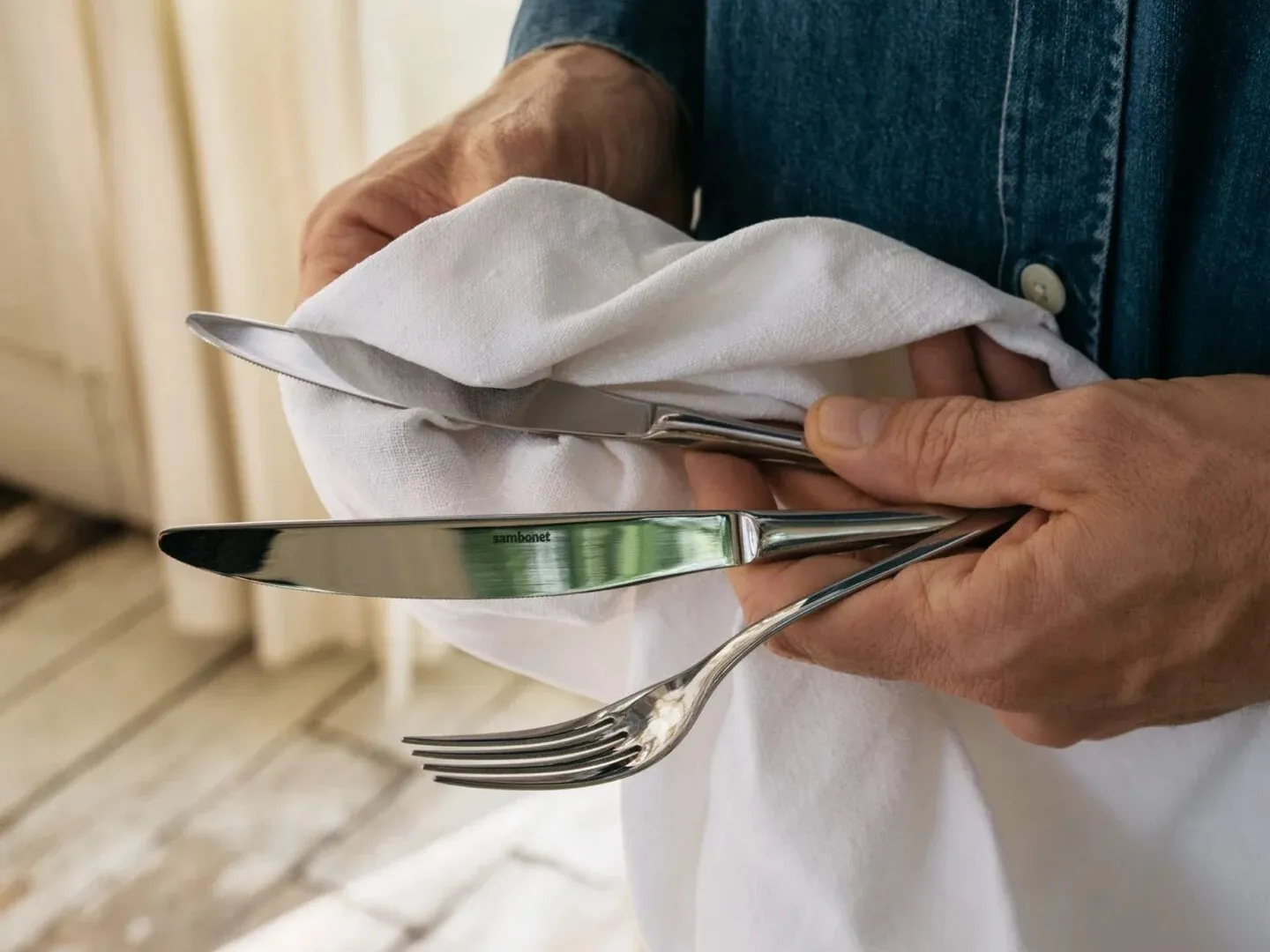
Nowadays, stainless steel flatware is a staple in households and commercial kitchens worldwide due to its guarantee of longevity, hygiene, and aesthetic appeal. But one frequent question does arise: Does stainless steel flatware rust? Well, that depends on the type of used stainless steel.
Next, we explore the difference between 410, 430, and 304 stainless steel by explaining their composition, properties, and how each of them influences rust resistance.
Why Does Stainless Steel Rust?
The resistance of stainless steel to rust is based on the thin protective layer of chromium oxide on its surface. Once this layer is scratched, or if it is exposed for too long to corrosive substances like salt and acids, or if not properly maintained, the underlying iron starts to oxidize, thus developing rust. Environmental factors and material quality also play a part.

Key Differences: 410 vs. 430 vs. 304 Stainless Steel
410 Stainless Steel
Composition: High chromium (12%) but no nickel. Belongs to the martensitic family.
Properties: High hardness and wear resistance, making it ideal for knives and tools. However, its corrosion resistance is moderate, especially in acidic or salty environments. Prolonged exposure to moisture or acidic foods may lead to rust if not properly maintained.
Use Case: Affordable for budget-conscious buyers, but it requires very careful cleaning and drying.
430 Stainless Steel
Composition: Contains 16–18% chromium and no nickel. A ferritic stainless steel.
Properties: Offers better corrosion resistance than 410 in mild environments but struggles with chemical exposure (e.g., salt, vinegar). Prone to surface oxidation (“tea-staining”) when unused for long periods.
Use Case: Common in decorative or low-cost flatware but less suitable for frequent food contact.
304 Stainless Steel
Composition: Contains 18% chromium and 8% nickel (18/8 stainless steel). An austenitic grade.
Properties: Excellent resistance to corrosion, heat, and chemical action produced by either acid or alkaline foods. Its smooth surface inhibits bacterial growth and is easily cleaned. It is widely regarded as the safest most lasting choice for applications involving food.
Use Case: The gold standard for flatware in households, restaurants, and healthcare industries.
Rust Prevention Tips for Stainless Steel Flatware
- Avoid Prolonged Exposure to Acids/Salts: Rinse immediately after contact with vinegar, citrus, or salty foods.
- Use Mild Cleaners: Harsh chemicals (e.g., bleach) can damage the protective chromium layer.
- Dry Thoroughly: Moisture accelerates oxidation, especially for 410 and 430 grades.
- Store Properly: Keep flatware in a dry, ventilated space to prevent humidity buildup.
Why Choose FangYuan to Purchase Stainless Steel Flatware?
At FangYuan, a leading stainless steel flatware manufacturer in China, we prioritize quality and safety. Our products are crafted from food-grade 304 stainless steel that has been made according to GB4806.9-2016, hence long-lasting and resisting rust for years to come. We also offer customizable solutions in 410 and 430 grades to meet diverse budget and functional needs.
Our Advantages
- Certified Excellence: ISO 9001 certified with rigorous quality control.
- Custom Designs: Tailor flatware styles, finishes, and branding for bulk orders.
- Competitive Pricing: Cost-efficient solutions without compromising on safety.
- Global Logistics: Reliable shipping and after-sales support.
Whether you’re a retailer, hotel chain, or restaurant group, FangYuan is your trusted partner for high-performance stainless steel flatware. Contact us today to discuss bulk purchases or custom designs that elevate your tableware offerings!
